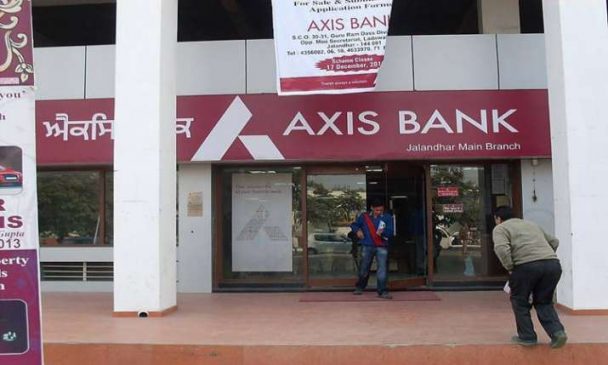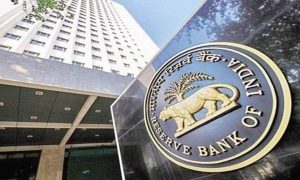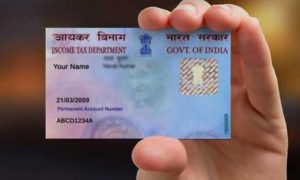The country’s third largest private sector lender in a communication on its website stated that the benchmark one-year MCLR is up by 25 basis points to 8.35 per cent with effect from October 18, 2022
Axis Bank has increased the marginal cost of funds based lending rates (MCLR) by 25 basis points across tenors with immediate effect, the bank said on Tuesday.
The country’s third largest private sector lender in a communication on its website stated that the benchmark one-year MCLR is up by 25 basis points to 8.35 per cent with effect from October 18, 2022.
Read More: SBI fixed deposit interest rate jumps up to 7.65% for senior citizens. Check who can get
The hike in MCLR rates by Axis Bank follows peer lenders increasing lending rates in response to a 50 basis increase in the repo rate by the Reserve Bank of India (RBI) on September 30.
Earlier, Axis Bank charged 8.10 per cent on one-year tenor MCLR–which is the benchmark for the lenders to price most of the consumer loans such as auto, personal and home.
Among other tenors from overnight to one-three and-six months, the new rates are in the range of 8.15 -8.30 per cent, up by 0.25 per cent each. The two year MCLR comes at 8.45 per cent and three year tenor will be 8.50 per cent.
These rates will be valid till the next review, Axis Bank said. A day earlier, SBI, Federal Bank and Kotak Mahindra Bank had raised the MCLR rates.
Apart from MCLR rates, banks raised their external benchmark repo linked lending rates by 50 basis points in an immediate response to RBI’s repo rate action last month.
Read More: Best and worst pension systems in world ranked: Check where India ranks in survey
The repo rate now stands at 5.90 per cent. Since May this year, RBI has hiked the repo rate by a total 190 basis points. The increase in the repo-linked lending rates and the MCLRs has made loans costlier for the consumers.
From October 1, 2019, all banks migrated to an interest rate linked to an external benchmark such as RBI’s repo rate or Treasury Bill yield for a better transmission of rate revisions.
The old rates are based on the MCLRs which are determined by factors such as deposit rates, repo rates, operating costs and the cost of maintaining the cash reserve ratio (CRR).





































